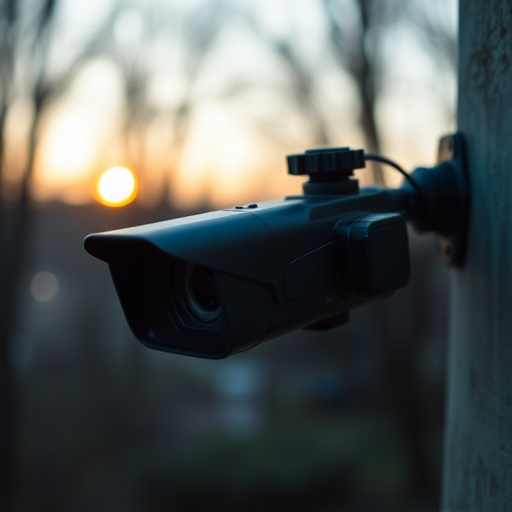Micro cameras enhance child protection with real-time video feeds accessible via smartphones, enabling remote supervision and quick response during emergencies. Professional sensor detection technologies like infrared and thermal imaging provide subtle surveillance and alerts. Ethical considerations, including parental consent, data security, and transparent communication, are crucial in the use of micro cameras for child protection, balancing technology with child well-being.
Optical sensor detection sweeps are vital tools in ensuring child safety, particularly through the utilization of micro cameras. These tiny yet powerful devices offer discreet monitoring solutions, enhancing protection measures in various settings. This article explores professional methods of sensor detection, focusing on micro cameras as a game-changer in child protection. We delve into ethical considerations and practical implementation strategies to safeguard our young ones effectively.
- Micro Cameras: A Powerful Tool for Child Safety
- Professional Methods of Sensor Detection
- Protecting Children: Ethical Considerations and Implementation
Micro Cameras: A Powerful Tool for Child Safety
Micro cameras have emerged as a powerful tool in the realm of child safety, offering parents and caregivers an extra layer of protection. These tiny yet advanced devices can be discreetly placed in various locations within a home or childcare setting, enabling continuous monitoring of a child’s environment. With real-time video feed accessible via smartphones or computers, adults can remotely keep an eye on their children’s activities, ensuring their safety and well-being.
In terms of micro cameras for child protection, the technology provides numerous benefits. It allows parents to be proactive in preventing potential hazards and fostering a secure environment. Moreover, these cameras facilitate quick response times during emergencies, as they enable immediate access to visual evidence, which can be invaluable for law enforcement or emergency services.
Professional Methods of Sensor Detection
Professional methods of sensor detection play a pivotal role in various applications, particularly in child protection where micro cameras are employed. Advanced technologies like infrared and thermal imaging sensors are utilized to ensure safety and monitor activities in sensitive environments. These sensors can detect subtle changes in temperature, light intensity, and motion, enabling real-time surveillance and alerts.
For instance, micro cameras equipped with optical sensors can capture high-resolution footage while remaining discreet. Professionals in fields like law enforcement and childcare use these tools to maintain vigilance and prevent potential hazards. The data collected through sensor detection helps in making informed decisions, enhancing security protocols, and ultimately safeguarding vulnerable individuals, especially children, from harm.
Protecting Children: Ethical Considerations and Implementation
In the context of micro cameras for child protection, ethical considerations are paramount. The implementation of optical sensor detection sweep methods must adhere to strict guidelines aimed at safeguarding children’s privacy and well-being. This includes ensuring parental consent, data security protocols, and transparent communication about surveillance mechanisms in place. The use of such advanced technologies should be carefully balanced with the need to protect vulnerable individuals.
Professional methods for these practices involve rigorous training of personnel and adherence to legal frameworks. It requires establishing robust internal policies that define the scope and limitations of camera usage, data collection, storage, and access. Additionally, regular audits and feedback mechanisms from stakeholders, especially parents, are crucial in maintaining ethical standards. By prioritizing these measures, child protection initiatives can harness the power of micro cameras while upholding moral principles.
Optical sensor detection, particularly through micro cameras, offers a powerful tool for enhancing child safety. Professional methods of sensor detection, combined with ethical considerations, can effectively protect children in various environments. By leveraging these technologies, we can create safer spaces for kids while ensuring privacy and respect for their well-being. Micro cameras for child protection, when implemented responsibly, have the potential to revolutionize how we safeguard our youngest members of society.
